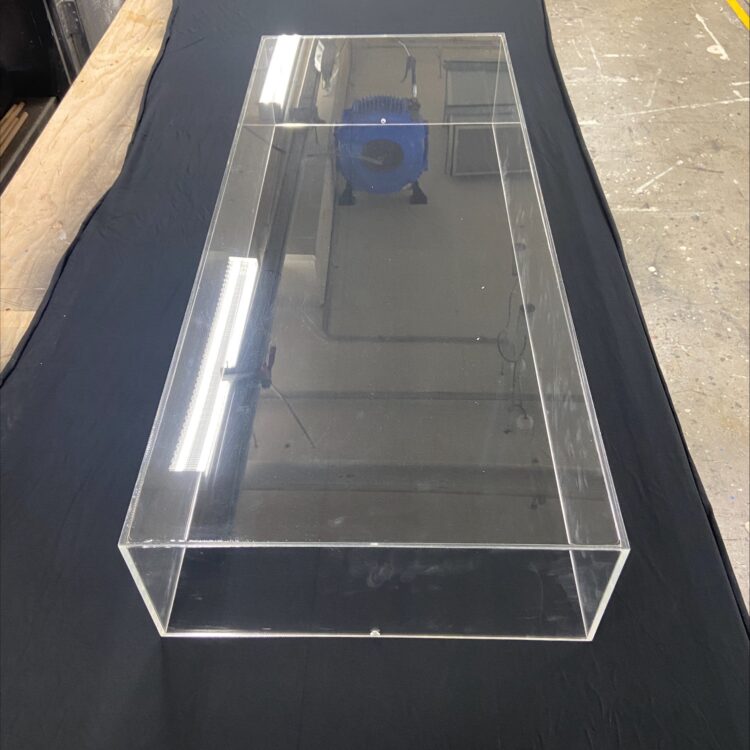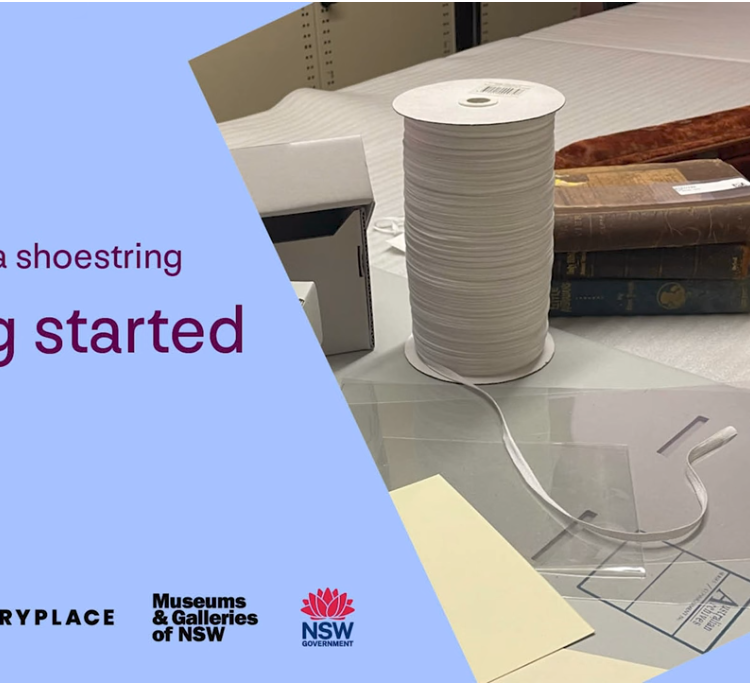In late 2014 I was commissioned by UNSW Galleries to create a series of education resources for People Like Us.
Because People Like Us is touring to 14 of Australia’s regional galleries between now and 2019 and because it is a complex yet playful exhibition full of screens and bodily experiences of technology, there were several objectives to address in developing these educational resources.
The first and most obvious resource, an education kit, needed to be broadly useful to a range of audiences and educators as an ideas platform rather than an exercise in rigorous curriculum box ticking. Not least because trying to address the different educational curricula nationwide would have been impossible!
It needed to start with one obvious question: ”What exactly is new media art?” Subsequent content had to be intuitive and placed within a series of frameworks that connect our understandings of art and the gallery-going experience with our everyday experiences of these technologies. Some of these frameworks or questions include: “How has new media developed historically and art historically?” “Where do we encounter this kind of technology in our every day lives?” And “how does all that change the art viewing experience?”
One of my main objectives in developing this particular resource was that I wanted to work with UNSW Art & Design students to develop the content. As an exhibition curated by UNSW Galleries it presented a unique opportunity to engage with future visual arts educators and integrate a secondary level of learning into the wider process of creating these resources.
Dr Kim Snepvangers, the Head of Art Education at UNSW was instrumental in supporting the development of this professional development opportunity, which formed part of an academic course in participatory practice and working in partnership with communities.
One of my main objectives in developing this particular resource was that I wanted to work with UNSW Art & Design students to develop the content.
In working with these students, I adapted a model of socially engaged practice and peer-to-peer learning that I first used while working at the South London Gallery on the Louis Vuitton Young Arts Project a couple of years ago. I’d been looking for an opportunity to work in this way because I knew it to be a successful way of learning and developing ideas in a collaborative and positive way. And it proved hugely enjoyable.
The three students—Natika Newing-Stern, Emma Desira and Grace Toiava—and I met several times over the course of a couple of months, researching best practice models of education resources, talking through questions and our own uncertainties about new media art, and brainstorming how we might talk about the artists and their works. This was measured against the students’ direct experiences of being in the classroom or gallery and having to develop and deliver activities.
The artists in the show were divvied up between us all and we then independently developed biographical and related information about each artist and devised a collection of learning activities for each work under the agreed headings of ‘Explore’, ‘Discuss’, ‘Create’ and ‘Compare and Contrast’. Kim and I then checked and edited these to ensure they were rigorous, appropriate and engaging.
In addition to the formal education resource, I produced a series of short films featuring curator Felicity Fenner and selected artists, which explain some of the ideas explored in the show. We hope these will prove useful for viewers keen to get an insight into some of the working processes of the artists and how a curator approaches an exhibition brief and curates a show accordingly.
The final resource was the creation an ambitious crowd-sourcing project using the micro-blogging platform and social networking site Tumblr.
Tumblr allows users to create, share and re-blog different kinds of digital content from a browser, phone, desktop or email around particular themes, interests of ideas. A number of international museums and cultural institutions use Tumblr to successfully engage with their young audiences and gallery groups. Have a look at MOMA Teens, Tate Collectives and SFMOMA as examples.
The People Like Us tumblr project was envisaged as part exhibition, part social and creative experiment. It’s been designed to offer students and communities an opportunity to engage with some of the ideas in the exhibition in creative and personal ways.
The Tumblr project asks people to create a work of art—in a classroom, at home, in a gallery workshop—that responds to a broad brief exploring notions of belonging, difference, self and others and community. People can interpret the idea of ‘people like us’ using their own distinct visual vocabulary and skills. While anyone anywhere in the world can respond and engage with the project, we hope that as the exhibition tours Australia, the content will grow and respond according to the different communities that engage with it.
It’s undoubtedly an ambitious experiment but it seems fitting that in an exhibition about experimental technologies, interactivity and human connection there should be some way to explore and express these ideas using technology itself.
All these resources can be accessed online on the NETS Australia website.
Jo Higgins is an art writer and freelancer specialising in digital content and young people’s gallery education and engagement. She is the author of 21st Century Portraits (NPG London, 2013) and in 2015 delivered Kaldor Public Project’s Pilot Regional Engagement Program at the Western Plains Cultural Centre in Dubbo as part of Marina Abramović: In Residence.
People Like Us is currently on show at UNSW Galleries. For more information please visit: mgnsw.org.au
The National Touring Initiative is supported by the Australian Government through the Australia Council, its principal arts funding body, and by the Visual Arts and Craft Strategy, an initiative of the Australian, State and Territory Governments.
The NETS Australia network is composed of seven independent arts organisations from each state and territory with a unified dedication to the presentation, promotion and support of contemporary arts, craft and design to metropolitan and regional audiences across the country.
The NETS Australia network comprises Artback NT, Art on the Move WA, Contemporary Art Tasmania, Country Arts SA, Museums & Galleries of NSW, Museums & Galleries Queensland, and NETS Victoria, and is supported by the Australia Council and state and territory funding bodies.





